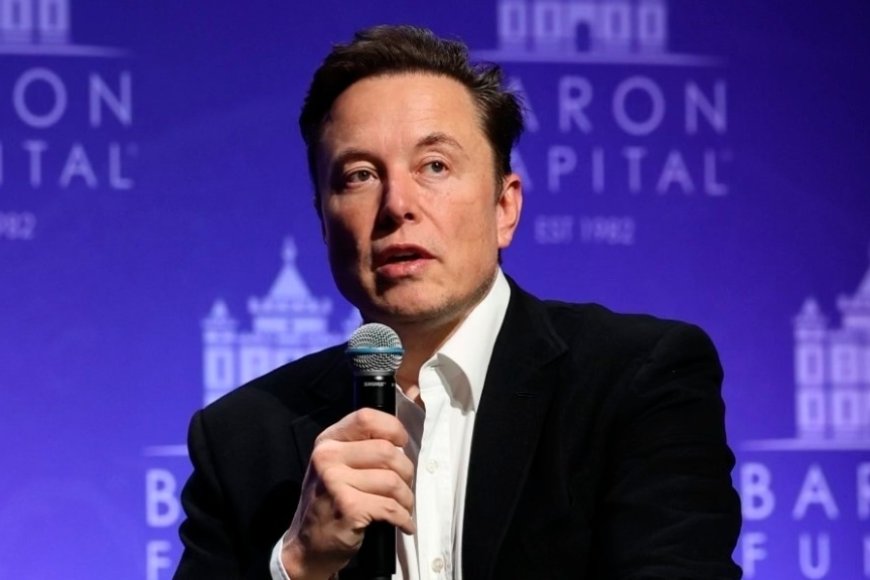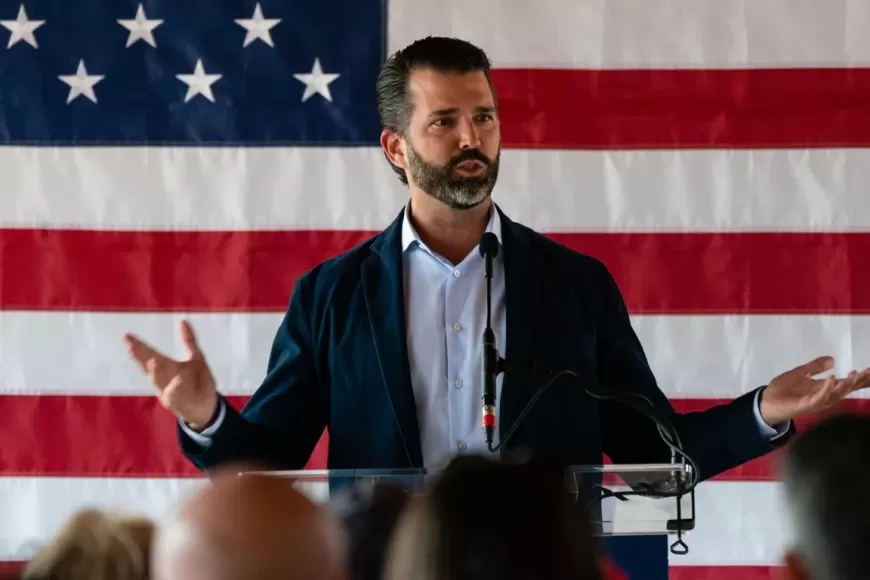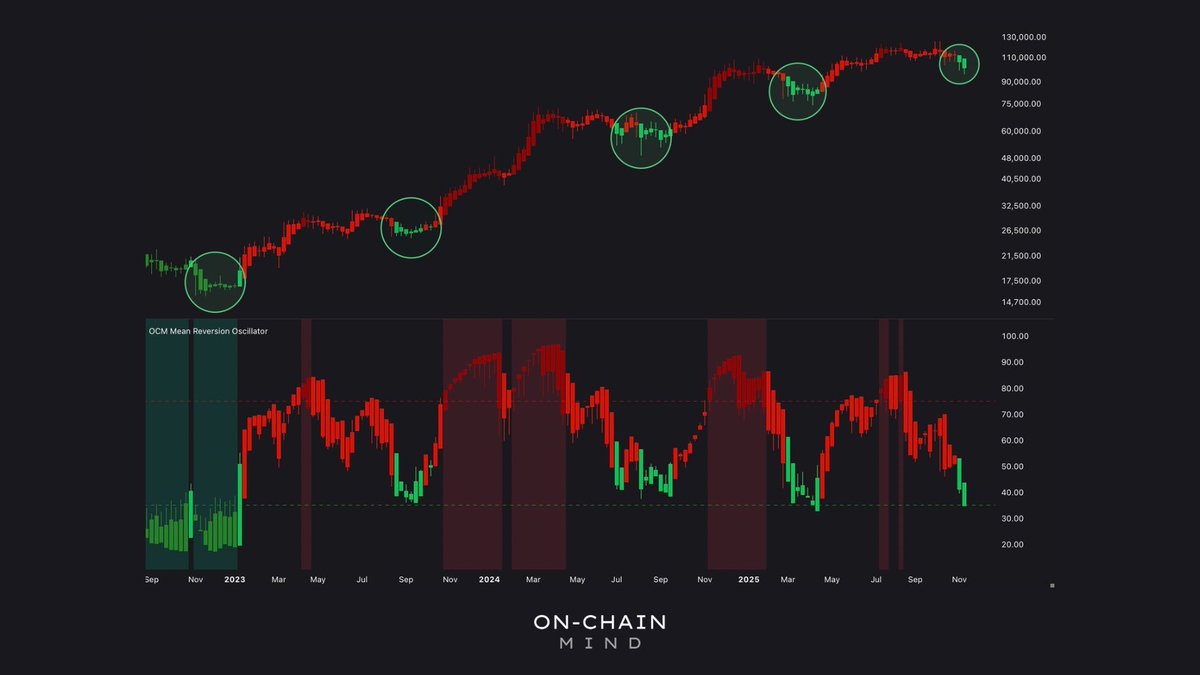
Elon Musk officially ended his time as a special government employee on Friday, standing beside President Donald Trump and making yet another bold claim about how much his Department of Government Efficiency (DOGE) could save the country. This time, Musk said the program could eventually cut $1 trillion in government waste and fraud.
“We’re aiming for $1 trillion in savings over time,” Musk said during the event at the White House. “These are savings that directly benefit the American taxpayer.” He emphasized that although he’s stepping back from an official role, he’ll remain closely involved as an advisor.
This newest figure marks Musk’s fourth version of what DOGE could save. He originally claimed the government could save $2 trillion annually, but that figure was quickly reduced. During a Cabinet meeting not long ago, he said the realistic short-term goal was around $150 billion. Now, he’s framing the trillion-dollar claim as a long-term objective rather than an immediate result.
Musk said he wants DOGE to become a permanent fixture in Washington’s culture, calling it a strategy that should “grow stronger with time.” President Trump backed him up, praising Musk’s work and suggesting that some of DOGE’s cost-cutting discoveries haven’t even been made public yet. Trump also hinted at possible legislation to make DOGE reforms part of official government policy.
“These savings will be even bigger in the future,” Trump said, without providing details.
The event came at the close of a chaotic week for Musk, who appeared in Washington to wrap up his government work and refocus on his companies. Despite stepping away from the capital, Musk promised to stay connected to Trump and DOGE behind the scenes.
However, questions remain about DOGE’s actual impact. While the program’s official website claims it has already found $175 billion in savings, several outside reviews—such as one from Yahoo Finance—have found errors in the data, suggesting the true figure may be much lower.
Further complicating the picture, data from the Brookings Institution shows that overall federal spending has actually increased slightly in 2025 compared to the previous year. This has led many to doubt whether DOGE’s cuts are having a meaningful effect at the national level.
Some smaller agencies, like the U.S. Agency for International Development (USAID), have seen noticeable budget and staffing reductions under DOGE. But when it comes to the broader federal budget, significant cuts have yet to materialize.
Back in October 2024, Musk drew headlines by promising at a campaign rally in Madison Square Garden that he would slash at least $2 trillion from annual government spending. Since then, he has repeatedly revised that estimate downward and shifted focus from immediate results to long-term goals.
When asked Friday about the biggest obstacles to meeting his targets, Musk avoided specifics. “It’s not any one person,” he said, implying that structural government issues are the main challenge.
On other policy matters, Musk largely stayed silent. He declined to comment on Trump’s ongoing support for tariffs or his claims about deficit reduction—topics Musk has previously criticized. Instead, the two focused their appearance on promoting DOGE and praising each other.
“You’ve done something very special,” Trump told Musk. “We’ll remember you as we keep making these cuts.”
Whether the promised trillion-dollar savings ever appear remains to be seen, but Musk’s influence on Washington’s approach to government spending may linger long after his formal departure.
Also Read: Tariffs, Tension & Tesla: The Real Reason Elon Musk Left the White House Just After 10 Days



